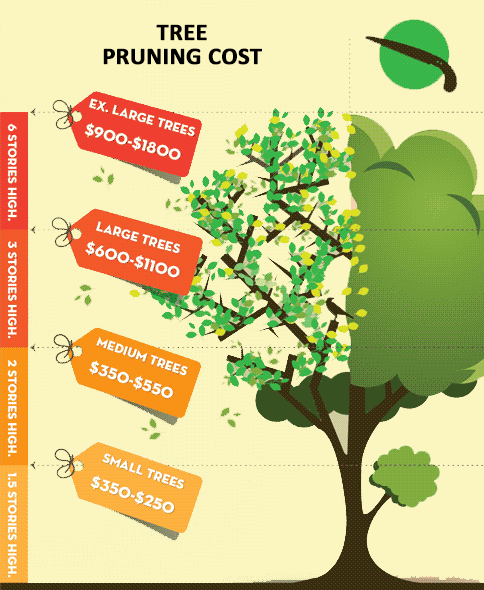Tree Preservation: Indicators That Suggest The Requirement For Elimination
Tree Preservation: Indicators That Suggest The Requirement For Elimination
Blog Article
Produced By-McCollum Mcintosh
If you have actually ever before questioned the destiny of the trees on your home, recognizing when it's time for removal is important. However how do you determine if a tree can be saved or if elimination is the only option? By looking for certain indications and assessing safety dangers, you can make enlightened choices that profit both your landscape and your surroundings. Let's discover the vital factors that come into play when choosing the destiny of a tree and how you can make certain the most effective outcome for your environment-friendly friends.
Indicators of Tree Decrease
If you discover any one of the following indicators of tree decline in your yard, it might be time to think about tree removal.
One usual indication is dead or rotting branches, which can show underlying problems affecting the tree's health. Watch out for tarnished or wilted fallen leaves that linger despite having proper care, as this could be a sign of condition or insects.
An additional warning signal is excessive leaning or an obvious shift in the tree's base, which might recommend root concerns or structural instability. Watch out for fungal development on the trunk or roots, as this can suggest rot and compromise the tree's stability.
In addition, if you observe huge splits in the trunk or significant limbs, it's crucial to address these issues without delay to stop prospective risks. Resolving these indications of tree decrease promptly can help maintain the safety and aesthetics of your backyard setting.
Safety Worries
To ensure the well-being of your building and those around you, focusing on safety problems associated with trees is paramount. Trees can present various safety threats otherwise correctly preserved. Dead or decaying branches may fall suddenly, threatening people or destructive frameworks.
Leaning trees can additionally be harmful, especially if they're leaning in the direction of a structure or high-voltage line. Additionally, trees with comprehensive origin systems near structures or underground utilities can trigger considerable damages in time.
It's crucial to regularly inspect your trees for any kind of indicators of possible risk. Keep an eye out for cracks in the trunk, large cavities, or indications of condition and decay. If you notice any one of these problems, it's ideal to consult with a specialist arborist to evaluate the situation and establish the essential course of action.
Taking aggressive steps to attend to security issues immediately can avoid mishaps and property damage in the future. Keep in mind, the safety and security of your home and those around you should constantly be the leading priority when it comes to tree maintenance.
Consulting an Arborist
When taking into consideration the health and safety of your trees, seeking advice from an arborist is an essential action. https://www.legalreader.com/8-tree-maintenance-tips-for-healthy-trees-all-year/ are trained experts who concentrate on the care and upkeep of trees. They can assess the general wellness of your trees, identify any type of issues such as conditions or architectural problems, and give experienced referrals on the most effective course of action.
By consulting simply click the next internet site , you can receive valuable insights right into the problem of your trees and establish whether removal is required. Arborists have the knowledge and experience to examine the dangers connected with keeping a tree versus removing it. They can likewise supply assistance on different remedies, such as pruning, cabling, or supporting, to assist protect the tree whenever feasible.
Moreover, arborists can help you browse any type of regional regulations or permits that may be required for tree removal. Their competence can ensure that the process is carried out securely and in conformity with any appropriate legislations.
Final thought
In conclusion, when determining whether trees can be conserved or if elimination is required, it is very important to take into consideration indicators of decline and safety worries. Consulting an arborist for a comprehensive assessment is essential in making the very best decision for the tree's health and wellness and prospective risks. Bear in mind, proactive care and timely activity can aid maintain trees and prevent mishaps.
